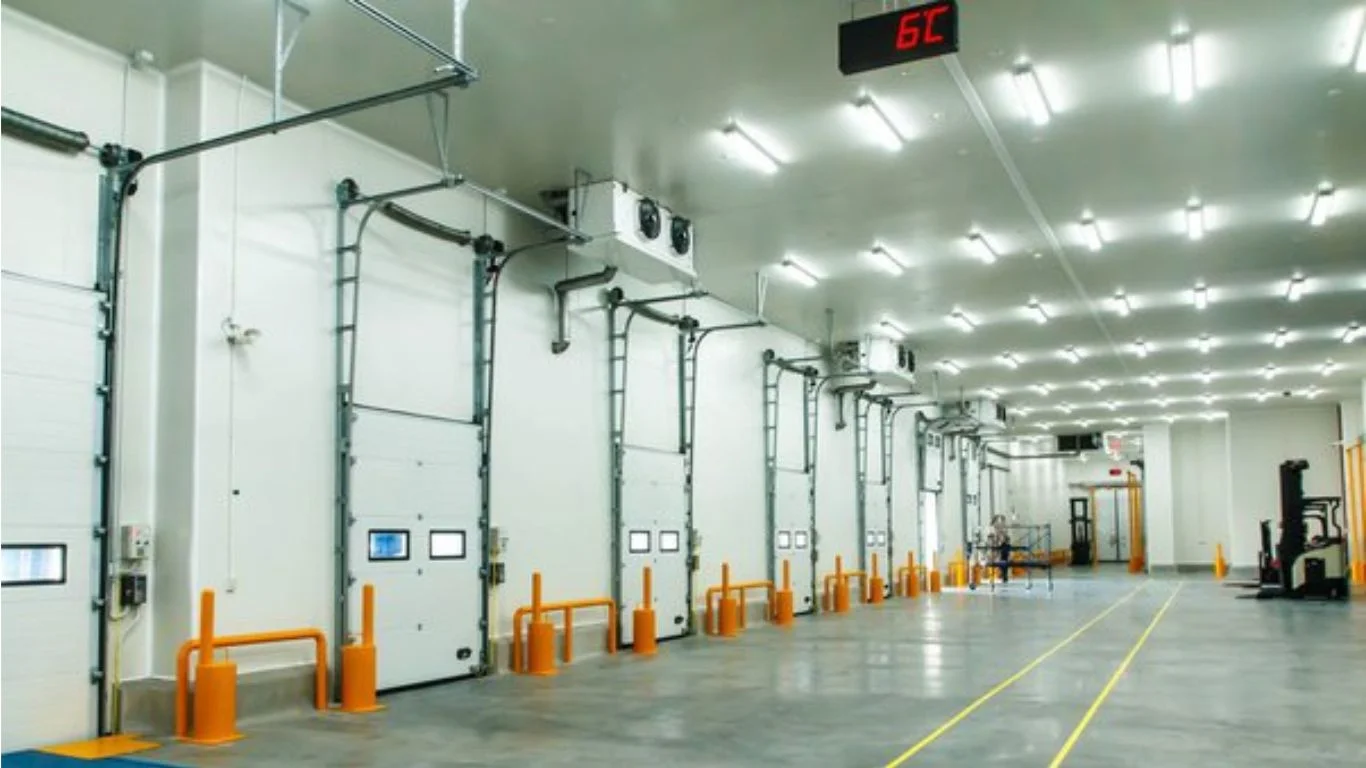Cold rooms are large sized coolers that are used to store large quantities of perishable materials and products like food, vegetables, meat, fish, medicines and chemicals. the cold room, cold rooms are mainly classified as walk-in cold rooms and warehouse cold stores based on their size and use. The temperature must range from 15°C to –40°C with certain other procedures for a room to be classified as a cold room.Also, storing items like chemicals requires strict storage protocols to be followed.
Walk-in cold rooms that are smaller in size compared to the large warehouse cold stores and are used in supermarkets, hotels, restaurants i.e. the retail industry to store goods with fast shelf replenishment rate. The insulated doors are built strong enough only to allow the use of small carts that are not suitable walk-in cold rooms. Whereas warehouse cold stores are large in size and are used to store goods at very low temperature for a longer period. They are built with strong reinforced insulated doors that allow the use of power equipments for loading and unloading goods.
A cold storage’s design includes creating up of specifications, rough sketch of the site plan along with a general plan, the setting of the dimensions of the cold rooms, the precise calculation of heat balances, selection of refrigeration system components, their installation and testing and finally performance evaluation. Any miscalculation can result in a defective cold storage construction, increasing in cost of storage of the product due to increased operational and maintenance cost.
Cold air flow is one of the key components in establishing the performance of a cold storage.Hence,The building design should be square shaped so that more wall area per unit volume is utilised.Also,walls orientation in a way that it receives minimum solar radiation.
Thermal insulation of a cold storage another critical area for proper functioning of a cold room. A lower capital investment with an inferior quality and thinner insulation leads to a larger heat in-leak. A larger compressor with more power consumption is required to make good for the additional cooling load.
Also,a vapor barrier’s absence can result in condensation which increases the energy consumption dramatically. Hence, all these factors should be kept in mind while designing and building a cold room for maximum efficiency.
Read Also :- Blast Freezers- for efficacious food preservation











